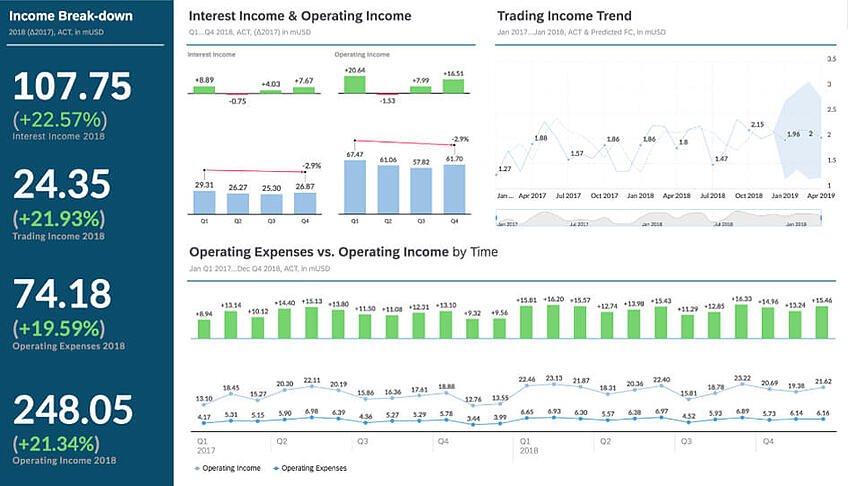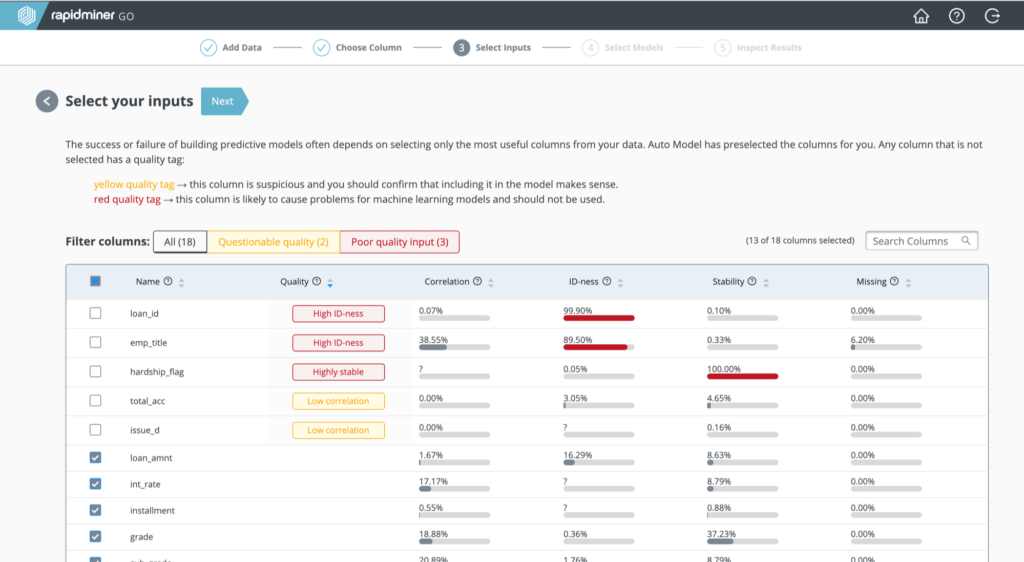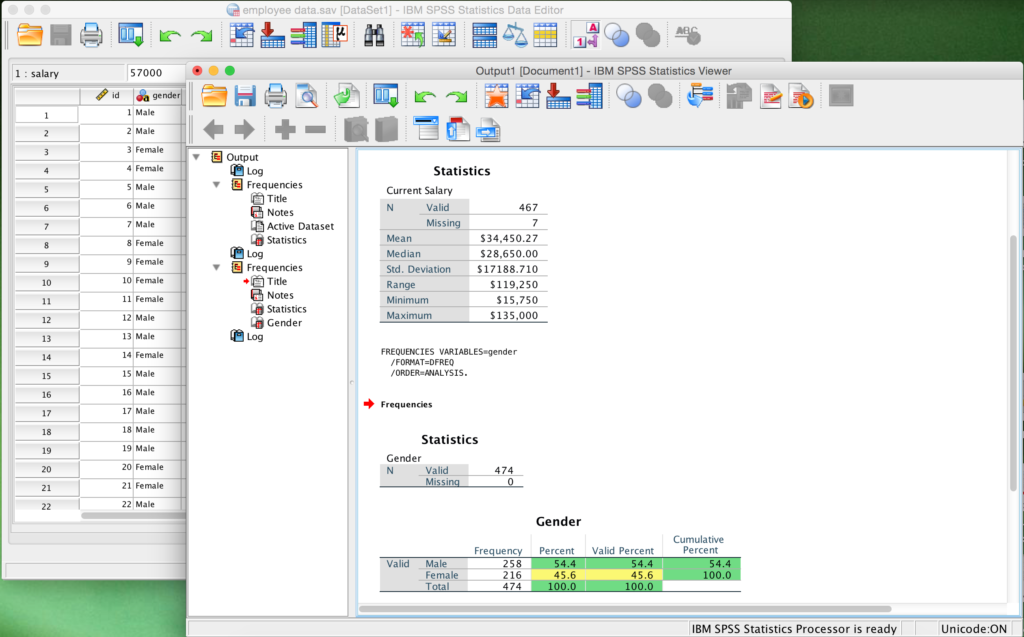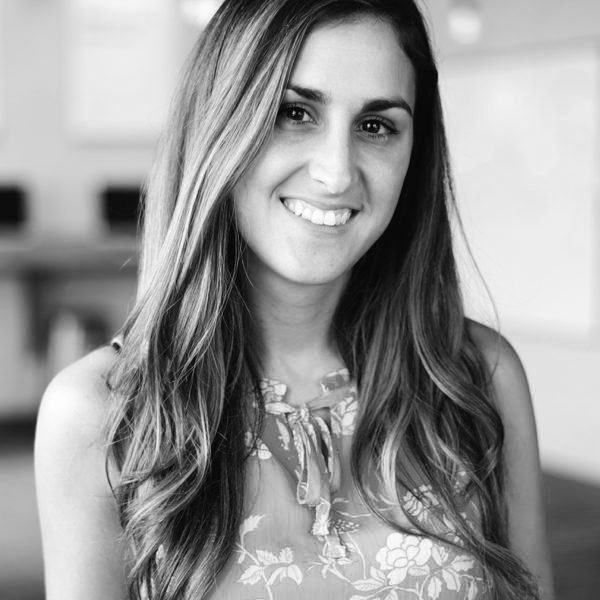How to Use Predictive Analytics Automation to Improve the Marketing and Sales Process
What is Predictive Analytics?
The world of artificial intelligence and automation is growing and adapting to make business processes easier and more efficient. Predictive analytics is becoming one of the most widely used AI strategies with 52% of organizations using predictive analytics to increase profitability, forecast sales, improve operations, and attract and grow their customer base. The science of predictive analytics involves analyzing data, statistical algorithms, and machine learning techniques to identify future outcomes based on historical data.
Here are some of the reasons why businesses are turning to predictive analytics tactics to help grow their business.
Benefits of Predictive Analytics
Based on predictions, the market for predictive analytics will reach $10.9 billion by the end of 2022. With the adoption of this AI tactic, businesses will be better equipped to handle and manage data. Here are some additional benefits and features that will make predictive analytics a key resource for your company.
Get an Edge Over Your Competitors
Customer buying patterns and industry trends can change on a dime. By identifying trends and patterns with your existing and potential customers your business can understand how to attract more qualified leads and retain more customers. Predictive analytics allows companies to gain a competitive edge by helping them discover the popular trends in the market and what their target audience wants and needs, first.
Business Growth
Many companies use predictive analytics to predict consumer preferences, behaviors, and reactions based on historical data. Based on this information, businesses can better understand their target audience and what attracts them and eventually allure them to become loyal customers. The more you know your customer’s needs and interests, the more equipped you are to me improvements to your current business processes that attract more qualified customers.
Use Past Data to Make Smart Decisions
One of the most substantial benefits of predictive analytics is the ability to analyze your business’s past performances. It is essential to study and analyze campaigns through predictive analytics to understand what’s working and what’s not working and make the necessary accommodations for future improvements. This process of using past data to make smarter decisions entails reviewing unstructured texts like customer reviews, feedback, and complaint forms.
Satisfy Your Customers
The most successful company is the one that invests as much time and money in retaining its existing customers as it does in acquiring new clients. To keep customer loyalty high, you need to keep existing customers engaged by catering your marketing efforts to your current and potential customers’ needs and interests. Predictive analytics is a great way to plan your marketing strategies for existing customers and keep the retention rate high.
Provide Personalized Services
To retain customers, creating a personalized experience is essential. People look for companies that offer a personalized touch because it helps them create a personal connection to your brand and improves their overall experience. Predictive analytics allow you to gather information from your customer’s previous purchases, browsing history, and other interactions with your business’s content to provide buying patterns that help predict future activity. Businesses can then use this data to personalize their emails, messaging, CTAs, and content to cater to their customer’s specific needs.
Forecast Sales
Predictive analytics make use of both internal and external sources of information to help businesses forecast sales. Your company’s internal data could include information found in your CRM and automation systems, while your external data could consist of your target audience’s revenue and income figures, social media activities, employee numbers, etc. The analytics can spot correlations between the different variables to predict the likelihood of closing each sale and can recalibrate and change based on changes in data patterns.
Lead scoring is a great example of how to use predictive analytics to gather historical consumer behavior to score how likely a lead is to convert and predict how long it will take for each prospect to move through the funnel.
Detect Fraud
Similarly to forecasting sales, the predictive algorithm can detect fraud in a company. Since fraud tactics are constantly changing, predictive analytics can track and record fraud and combat it when it appears. Companies can also use this data to identify fraud patterns by analyzing selections of variables known to have led to past fraud and applying those variables to processes to assess the likelihood of future fraud.
Examples of Predictive Analytics in the Industry:
eCommerce
Ecommerce is full of possibilities when it comes to using predictive analytics. For example, Amazon considers a specific buyer’s browsing and purchase history to create bundles (up-selling) and provides suggested purchases (cross-selling). Considers their current search patterns and makes an educated guess to help Amazon marketers determine the best products their customers might find valuable.

Healthcare
Using predictive analytics in healthcare can be achieved by predicting patterns in patient utilization and staffing requirements. Care sites that operate without fixed schedules, such as emergency departments and urgent care centers, must vary their staffing levels to account for patient flow fluctuations. Using analytics to predict patterns in utilization can ensure optimal staffing levels while reducing wait times and raising patient satisfaction.
According to a Zion Market Research report, the global healthcare analytics market was valued at approximately $1.6 billion in 2018 and is expected to generate around $4.2 billion by 2025, at a compound annual growth rate of 14.56% between 2019 and 2025. The health care industry could make considerable advances in efficiency, patient care, and health outcomes by broadening its analytics use.
SaaS
Predictive analytics for SaaS is also beneficial in terms of other business processes. For example, it could be an excellent way to build customer personas and forecast which of your users are likely to be most valuable to your business over time. You could also optimize your product offers so they have maximum impact on your bottom line with the help of predicting in-app purchases or conversion KPIs.
Software companies want to know if visitors are more likely to request contact details, inquire about further product information, or buy a specialized product. Businesses can optimize their web design and product offerings using AI’s predictions, revealing new insights into visitor behavior never before possible.
Finance
Predictive analytics can help the finance department use existing data to identify trends for more accurate planning, forecasting, and decision-making for their clients. Utilizing the data collected, finance organizations can identify untapped opportunities, identify hidden risks, forecasting, and act rapidly when things change. Financial departments can leverage this AI tactic to identify outliers earlier rather than allowing them to impair the company’s performance.
Insurance
Predictive analytics in insurance includes a mix of methods, including data mining, statistical analysis, machine learning, and artificial intelligence to produce reliable reports. These methods accurately identify levels of risk and aid in underwriting and policymaking. Insurance companies have employed the basics of predictive analytics for years, but they have become more complex as time goes by.
Predictive analytics creates a more effortless experience in claims management. When a claim is made, predictive tools can flag up potential concerns and queries and accurately assess the claim’s validity. Providing such services makes both the claims process and the customer experience simpler.
Manufacturing
In manufacturing, predictive analytics models can increase efficiency and revenues by forecasting machine failures’ frequency and location to prevent production delays. Manufacturers can also project future demands which enables them to order supplies accurately and thereby reduce the waste of raw materials.
Predictive analytics tools/software
SAP Analytics Cloud
The SAP Analytics Cloud solution combines business intelligence, augmented and predictive analytics, and planning capabilities into one cloud environment. This analytics platform easily scales up for businesses of any size. Augmented analytics lets you use Natural Language Processing to gain insights from big data. Machine learning automated workflows to reveal relationships and patterns regularly.

RapidMiner
RapidMiner is an end-to-end data analysis platform. It makes use of data modeling and machine learning to give you robust analytics. Everything works on a fast drag and drop interface with a library of over 1,500 algorithms to apply to your data. There are templates to monitor things like customer churn and predictive maintenance.

SAS Advanced Analytics
SAS Advanced Analytics is a comprehensive suite of predictive analytics tools. It performs data mining, which simplifies the data and gets it ready for data modeling. Another part of the platform is the statistical analysis which uses algorithms to analyze the past, present, and future. The forecasting tools also automatically generate models for future probabilities.

IBM SPSS
IBM SPSS specializes in advanced statistical analysis. The IBM SPSS contains two sections the modeler and statistics modules. The SPSS Statistics module does predictive analytics, which combines ad hoc analysis, hypothesis testing, and geospatial analysis. Then there is an SPSS Modeler that transforms the data collected into graphic visuals. It makes it easy to spot patterns and anomalies in data. You can also use IBM’s Watson AI tool for more advanced data science features used for predictive analytics.

Partner with Pyxl
Predictive analytics is just another reason automation is essential in your business as it can enable your business to grow and run more efficiently. Contact Pyxl today to discover how we can implement automation tactics like predictive analytics to improve your business processes and drive revenue growth.
Updated: Sep 07, 2023
 Bonnie Winter
Bonnie Winter
 Kati Terzinski
Kati Terzinski Erin Murray
Erin Murray